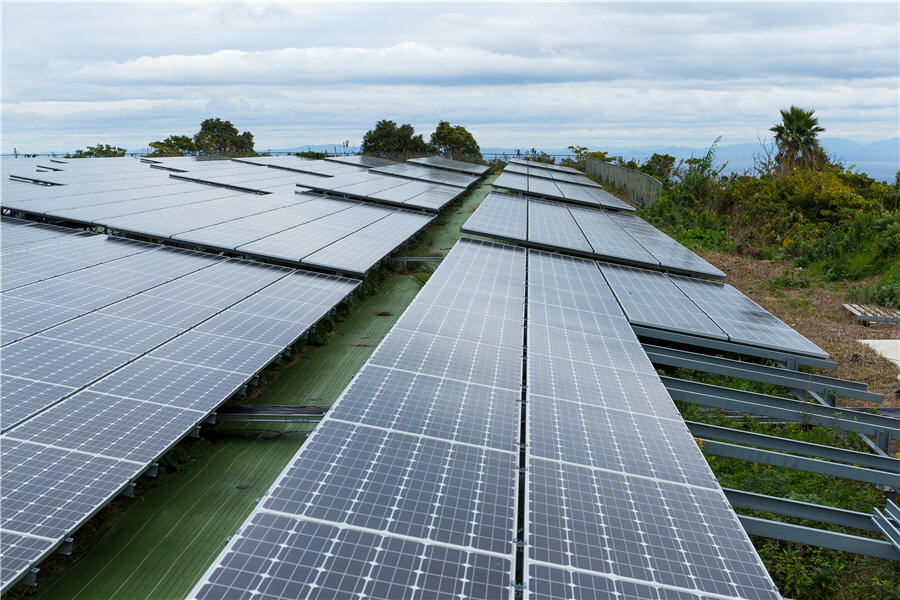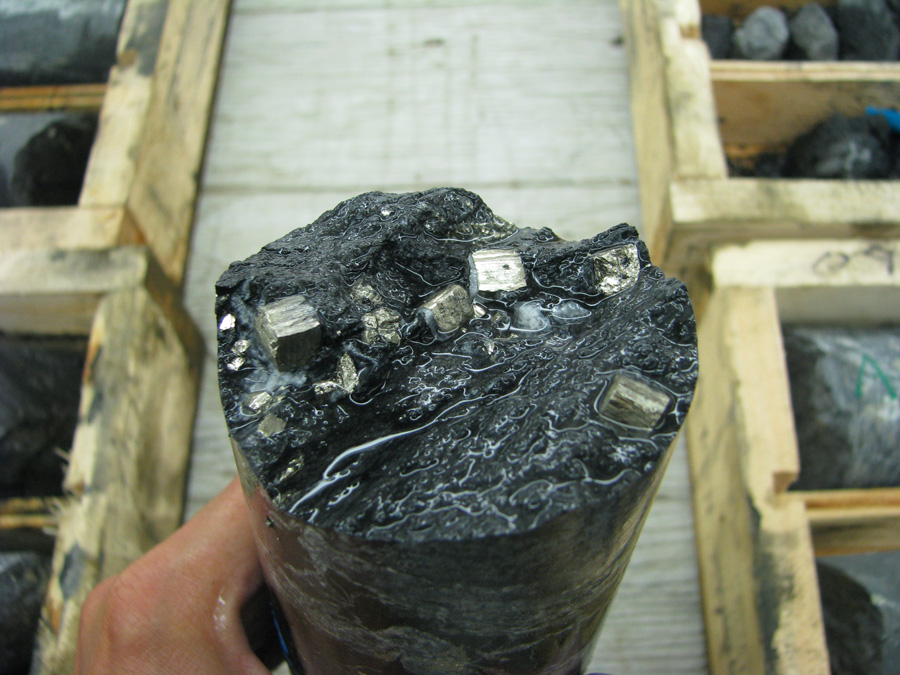Metals sector in costly battle to turn green

Metals producers, from miners to smelters, are grappling with increasingly tough and costly environmental demands imposed by banks seeking cleaner investments.
While the transition may prove overwhelming for smaller producers, larger companies are playing a long game, casting ahead to a period where greener technology helps slash their costs.
Sustainability has been a long-standing issue in metals, covering a wide range of issues including corruption, board structure, jobs, communities around mines and mine waste.
Metals and mining are responsible for 10% of the total impact on climate change, according to the United Nations Environment Programme
But environmental concerns have moved to the top of the agenda in recent years with heightened awareness of climate change amid public protests.
Metals and mining are responsible for 10% of the total impact on climate change, according to the United Nations Environment Programme.
“We’re turning down lots of stuff. Being green is a precondition for lending,” said Laurent Charbonnier, global head of metals and mining at HSBC, speaking ahead of LME Week when the world’s metal industry gathers in London.
Mine operators now face extensive checklists from lenders before they release funds and listed companies are being screened by fund managers before they buy their shares.
Assets in global “sustainable” funds have doubled over the past five years to $844 billion by end June, according to research firm Morningstar.
“For us, the scrutiny is all around us,” said Shishir Poddar, executive chairman of Tirupati Graphite plc, which plans to list in London.
Huge investment needed
The metals and mining industry will need around $240 billion of investment over the next decade to produce key base metals and gold, according to consultancy Wood Mackenzie.
More funding, however, is conditional on meeting environmental, social and governance (ESG) guidelines, burdening operators with extra investment.
“You may have to take another 25% to create the right societal engagements and environmental designs,” said Simon Morris, global head of metals at Wood Mackenzie.
“So will investors accept lower returns? I think it’s probably causing a bit of head scratching around the industry in this tug-of-war of priorities,” added Morris, who formerly worked for global miner Rio Tinto plc.
Bigger metals groups have the financial bulk to absorb the higher investment.
BHP Group , the world’s biggest miner, signed four renewable energy contracts earlier this month to supply all its Chilean copper operations from 2021.
But the new contracts came at a price – BHP took a provision of about $780 million related to the cancellation of existing coal contracts.
Such costs are more challenging for smaller companies.
“The problem for these companies is raising sufficient funds to build the mine,” said analyst John Meyer at boutique investment bank SP Angel. “To add another $50 to $100 million to put in a solar power plant is quite difficult.”
Long term cost benefits
In many cases, bringing mines in line with environmental standards is moving hand-in-hand with new technologies that will boost efficiency and cut operating costs in the long term.
Large mining groups like BHP and Anglo American are investing in solar power, automation and water-saving technologies, betting that substantial up-front investment will both burnish their green credentials and raise efficiency.
“Following sustainability goals doesn’t necessarily equate to an increase in costs,” said Rachael Bartels, senior managing director at consultancy Accenture.
Although BHP had to take a big hit to cancel its coal contracts in Chile, the group says the new renewable power contracts, beginning in 2021, will cut energy costs by 20%.
Replacing diesel generators with electric motors in new underground mines could cut upfront costs by about a third because it cuts out ventilators that extract the diesel fumes, a study by EY found.
Anglo American has been testing new mining processing technology in Chile that is expected to lift productivity by as much as a third and could also slash capital costs for new mines.
Capital intensity, ratio of initial capital expenditure to annual production capacity, for new copper mines has tripled over the past 36 years to about $18,000 per tonne, according to Morgan Stanley.
But Anglo’s new technology has the potential to almost slice capital intensity in half below $10,000 a tonne, the bank said in a note.
Anglo declined to release capital intensity figures, but said in an email the new technologies were “game-changers” in terms of both the environmental footprint and costs.
(By Eric Onstad, Zandi Shabalala and Pratima Desai; Editing by David Evans)
More News
{{ commodity.name }}
{{ post.title }}
{{ post.date }}

Comments